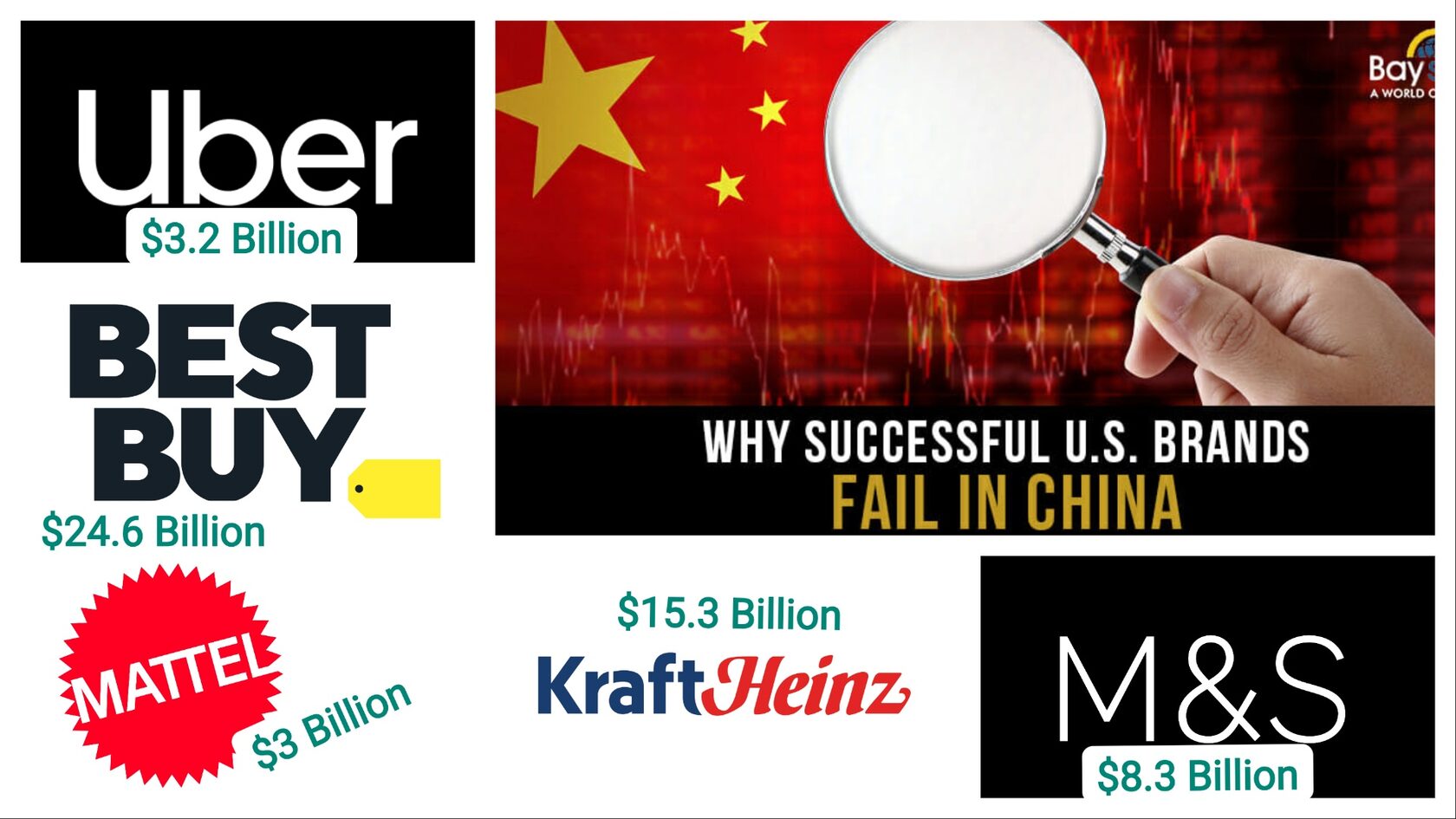
China is one of the largest and most lucrative consumer markets in the world, but many global brands have struggled to establish a foothold. While some companies have found great success, others have made costly mistakes that led to failure. Here are 10 brands that struggled—or outright failed—when trying to enter the Chinese market and the key lessons from their missteps.
Google (2006-2010, 2018 attempt)
Google entered China in 2006 but quickly ran into trouble with the government over censorship issues. Its refusal to comply fully with content regulations, coupled with increasing cyberattacks on its systems, led the company to withdraw from China in 2010. An attempt to re-enter in 2018 with a censored search engine, "Project Dragonfly," was met with global backlash and was ultimately abandoned. Google powered through the 2023 fiscal year making a $305 billion, according to the Brand Valuer app, Google is estimated brand worth is at a cool $311 billion
Lesson: Companies must navigate China's strict regulatory environment carefully while balancing global corporate values with local compliance.
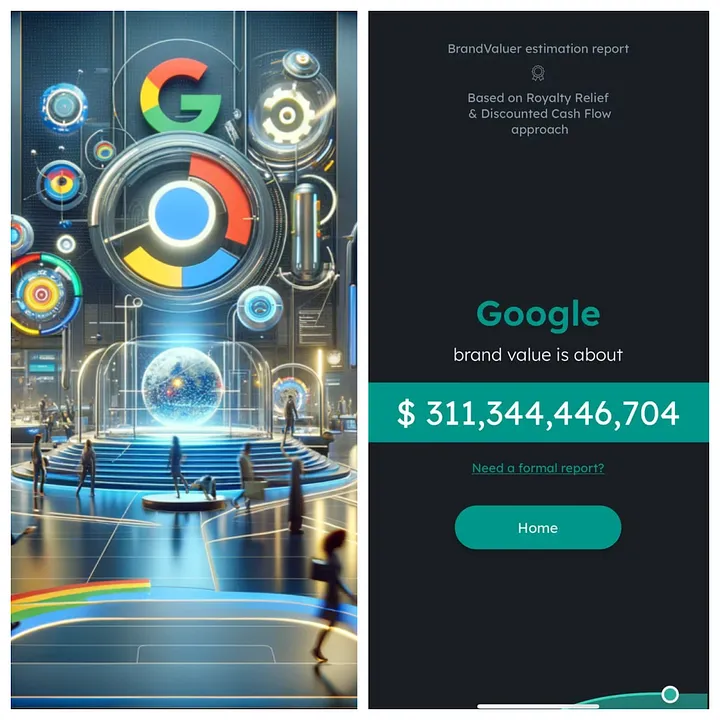
Facebook (Blocked Since 2009)
Facebook never successfully entered the Chinese market, as it was blocked in 2009 following the Urumqi riots. Attempts to regain access were unsuccessful, and China's preference for homegrown social media platforms like WeChat and Weibo made it nearly impossible for Facebook to compete. In 2023, the brand was able to bring in an estimated $73.7 billion in revenue. According to BrandValuer, Facebook’s brand value is estimated to be $54.6 billion
Lesson: If a company is heavily reliant on free access to user data and digital networking, it must align with China's strict internet policies—or risk being banned.
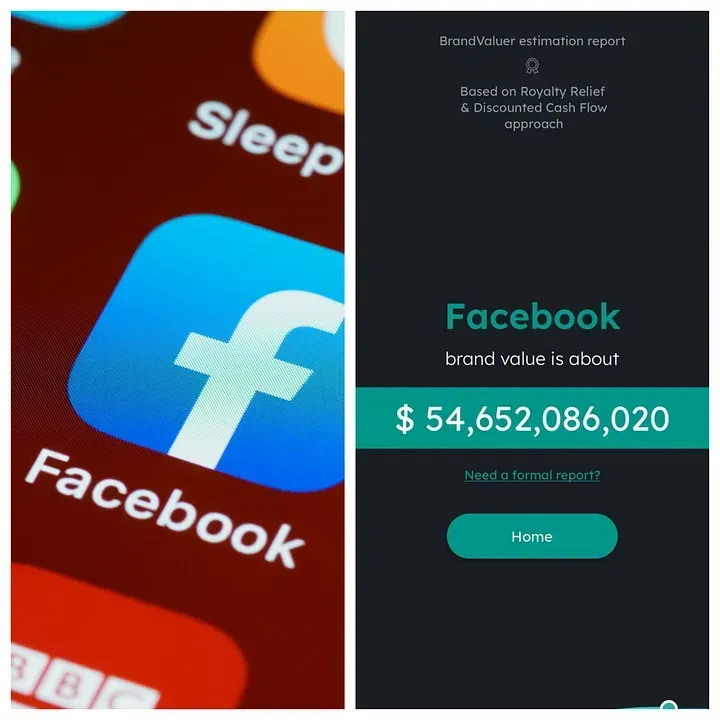
Uber (2014-2016)
Uber entered China with ambitious plans, but it quickly found itself in a fierce price war with local competitor Didi Chuxing. The company burned billions of dollars in subsidies to attract riders and drivers, but Didi's dominance and deeper understanding of local market dynamics gave it an edge. In 2016, Uber sold its Chinese operations to Didi and exited the market. In 2023 Uber brought in $9.2 billion in revenue. According to BrandValuer, Uber’s brand is worth an estimated $3.2 billion.
Lesson: Competing against strong domestic companies requires more than just deep pockets—brands must understand local consumer behavior and business culture.
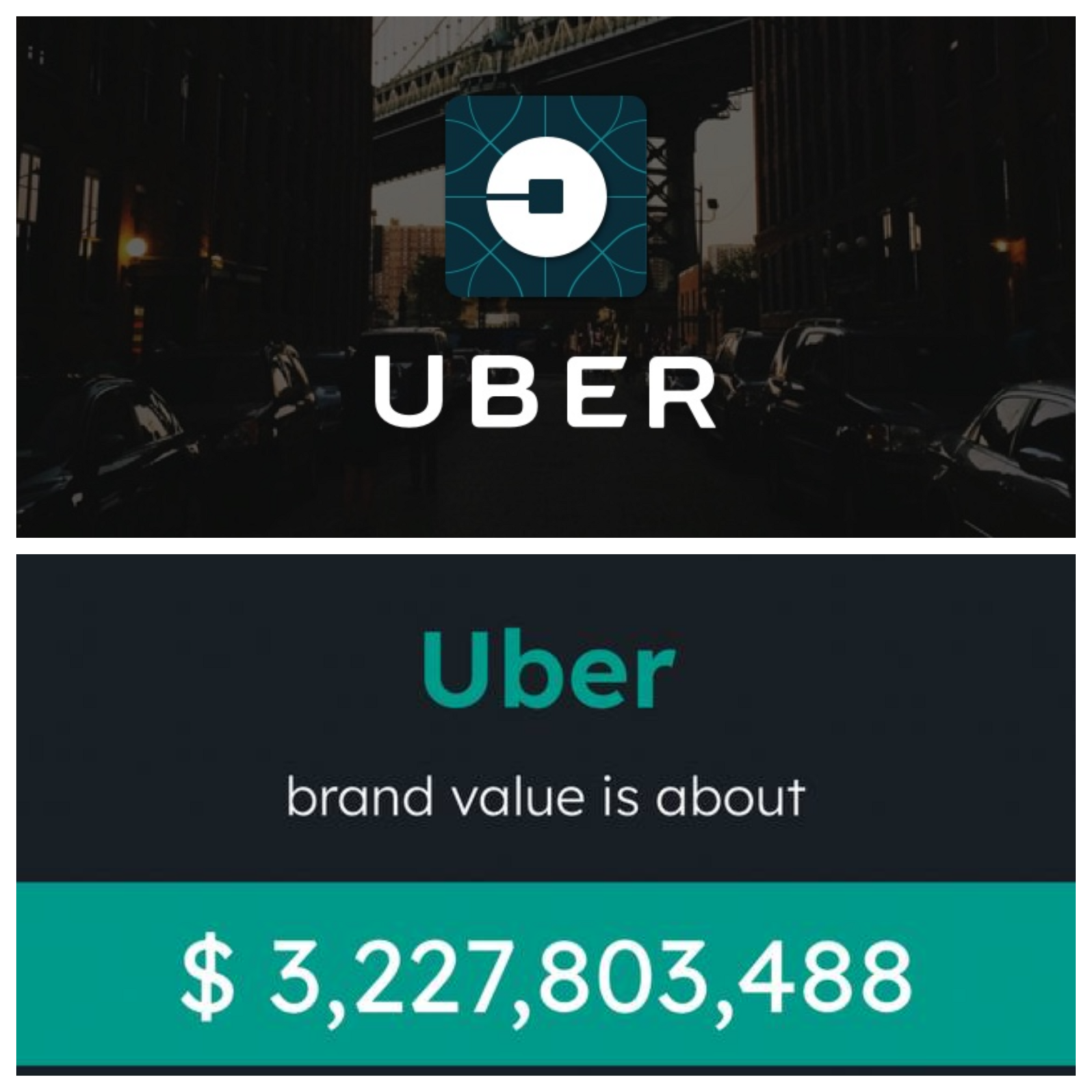
eBay (2002-2006)
eBay entered China with high hopes but was defeated by Alibaba’s Taobao. One major reason was that eBay relied on its global platform, whereas Taobao customized its approach to Chinese consumers by offering free listings and an escrow payment system, Alipay. eBay’s failure to adapt to local preferences ultimately led to its retreat. In 2023, eBay made $10.26 billion in revenue. According to BrandValuer, eBay’s brand is worth an estimated $9.9 billion.
Lesson: Simply translating a global model into the Chinese market often isn’t enough—brands need to localize their strategy.

Best Buy (2006-2011)
Best Buy miscalculated its strategy in China by bringing its Western-style big-box retail approach without adjusting to local shopping habits. Chinese consumers preferred smaller, local electronics chains that offered competitive pricing and a more flexible customer experience. Unable to turn a profit, Best Buy closed its China stores in 2011. In 2023, Best Buy made $42.22 billion in revenue. According to BrandValuer, Best Buy’s brand is worth an estimated $24.6 billion.
Lesson: A successful retail strategy in Western markets may not work in China—brands must account for local shopping habits and price sensitivity.
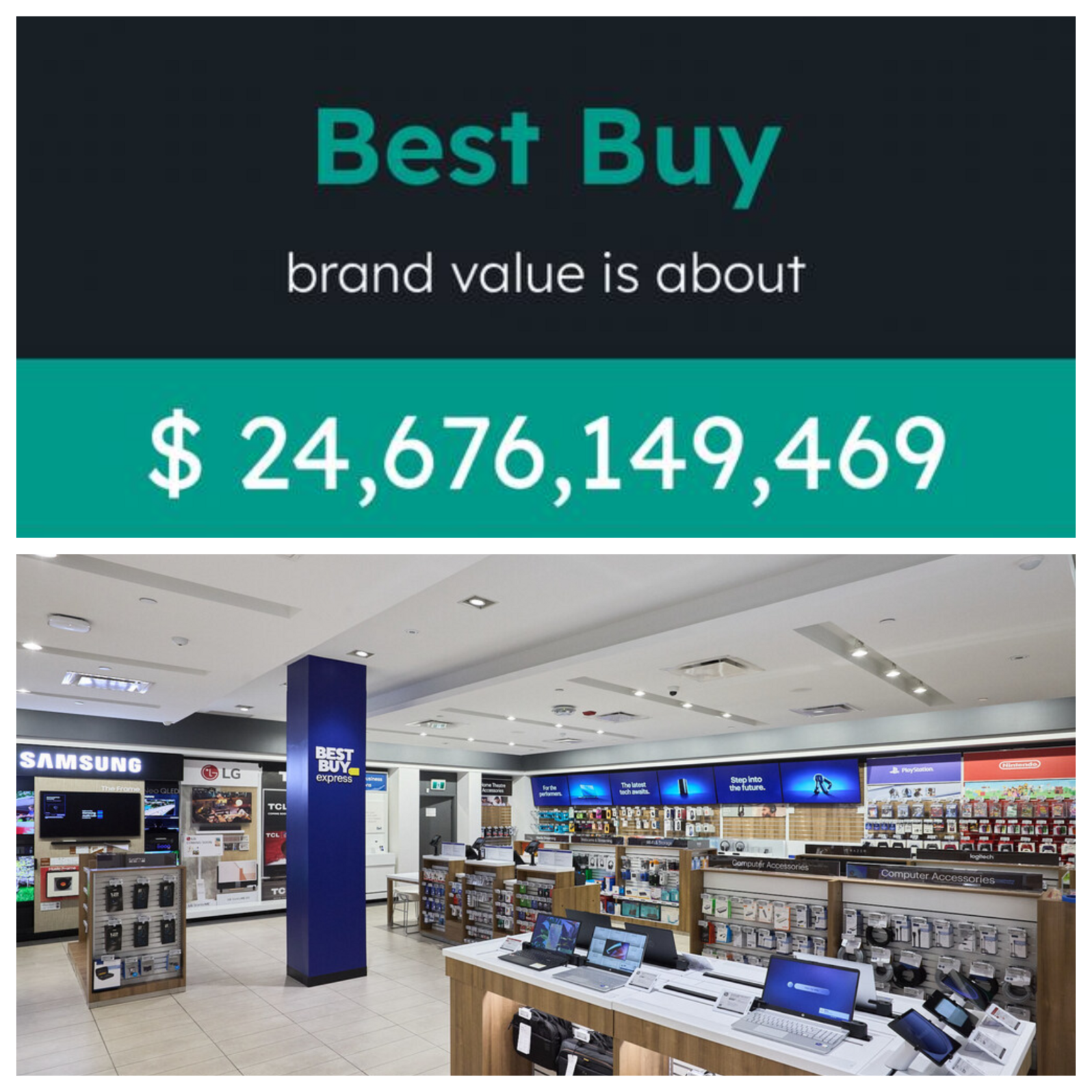
Home Depot (2006-2012)
Home Depot mistakenly assumed that China's growing middle class would embrace DIY home improvement, as in the U.S. However, home renovation in China is often done by hired workers rather than homeowners themselves. The company failed to adjust its model to fit Chinese consumer behavior, leading to its withdrawal in 2012. 2023 was not a good year for the home improvement giant, as they posted a 4% decrease in revenue pulling in $152 billion. According to the BrandValuer app, Home Depot’s brand worth is estimated to be $77 billion.
Lesson: Understanding cultural differences in consumer habits is crucial before entering a new market.

Mattel (2011)
In 2011, Mattel launched a massive Barbie flagship store in Shanghai, expecting the brand to be as beloved in China as in the West. However, Barbie failed to resonate with Chinese consumers, who preferred educational toys over dolls. The store closed after just two years. Mattel’s revenue hovers around $5.5 billion, making it a leader in traditional toy segments, but it faces challenges in diversifying its offerings. According to the BrandValuer app, Mattel’s brand value is an estimated $3 billion.
Lesson: Brands must align their product offerings with local consumer preferences rather than assuming Western trends will translate successfully.

Marks & Spencer (2008-2017)
British retailer Marks & Spencer struggled with pricing and product selection in China. Many of its offerings, including Western-style clothing and food, did not appeal to Chinese shoppers. Additionally, the company failed to establish a strong e-commerce presence in a digital-first market dominated by Alibaba and JD.com. It exited China in 2017. In 2023, Marks & Spencer brought in $15 million in revenue. According to the BrandValuer app, Marks & Spencer’s brand is worth an estimated $8.3 million.
Lesson: Understanding local fashion, pricing sensitivity, and the dominance of e-commerce is essential for success in China’s retail sector.

Groupon (2011-2012)
Groupon entered China through a joint venture with Tencent but quickly failed due to aggressive competition from local rivals like Meituan and a lack of cultural adaptation. Groupon’s centralized decision-making approach, managed from the U.S., left it unable to react quickly to market changes. It shut down after just one year. In 2023, Groupon pulled in $590 million in revenue. According to the BrandValuer app, Groupon’s brand is worth an estimated $143.8 million.
Lesson: Joint ventures with local players require careful integration, and decision-making should be localized rather than dictated from headquarters.

Kraft Heinz (2013-2016)
Kraft Heinz’s attempt to introduce its cheese products to China fell flat, as cheese is not a major part of traditional Chinese cuisine. The company overestimated demand and failed to educate consumers about how to incorporate cheese into their diets. As a result, sales were disappointing, and the initiative was discontinued. In 2023, Kraft Heinz brought in $26 billion. According to the BrandValuer app, Kraft Heinz’s brand is worth an estimated $15.3 billion.
Lesson: Even major food brands need to tailor their offerings to local tastes and invest in consumer education when introducing unfamiliar products.

Final Thoughts
Expanding into China is a complex challenge that requires deep market research, cultural adaptation, and strategic flexibility. Many of these brands failed due to a lack of understanding of local consumer behavior, government regulations, and the competitive landscape. However, companies that take the time to adjust their strategies—such as Starbucks and Apple—have been able to thrive in the Chinese market.
For brands looking to succeed in China, the key takeaway is clear: localization is everything.




